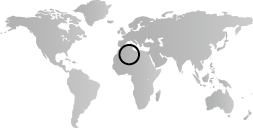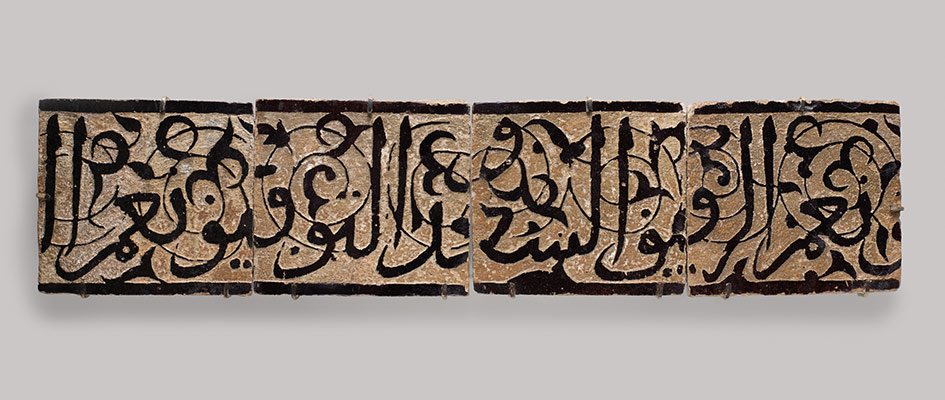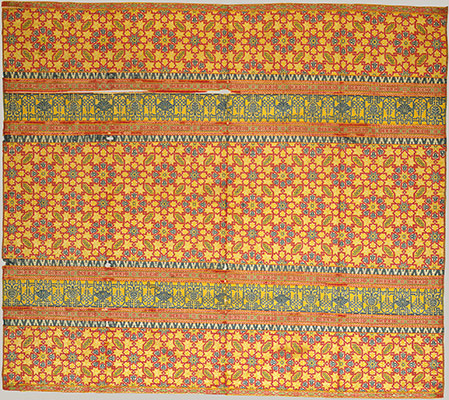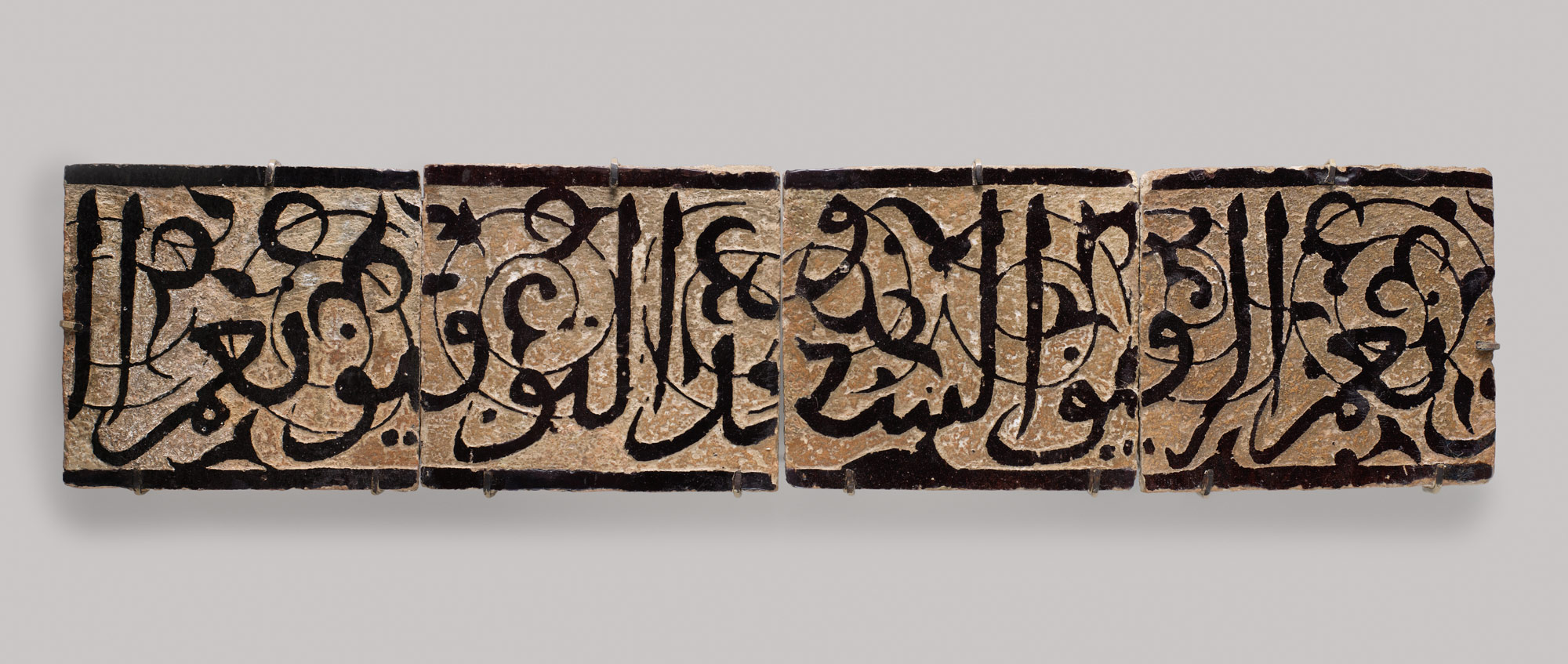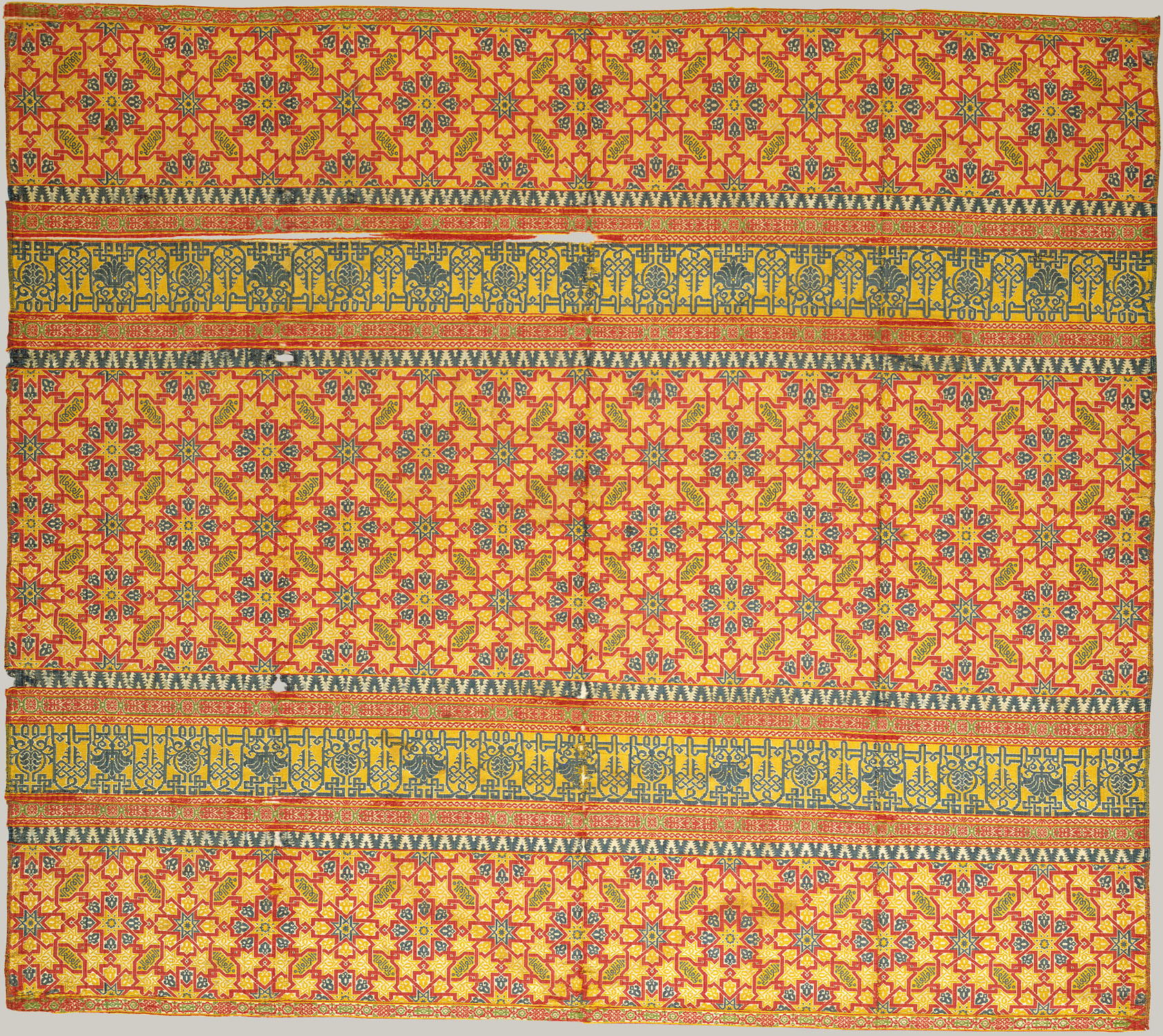During this period in western North Africa (the Maghrib), the impact of the end of Islamic rule in the Iberian Peninsula is strongly felt. Andalusian immigrants contribute to the arts and culture of North Africa. The appeal of religious fraternities and leaders who would defend the frontiers of Islam bring new groups to power. In the sixteenth century, increasing corsair activity in the Mediterranean spurs further change in the region. Except for Morocco, which remains independent, Ottoman control is established in other areas. At the end of the period, arts and architecture begin to reflect the influence of the style set in Ottoman Istanbul.
Western North Africa (The Maghrib), 1400–1600 A.D.
Timeline
1400 A.D.
1450 A.D.
EAST (LIBYA, TUNISIA)
WEST (ALGERIA, MOROCCO)
1450 A.D.
1500 A.D.
EAST (LIBYA, TUNISIA)
WEST (ALGERIA, MOROCCO)
1500 A.D.
1550 A.D.
EAST (LIBYA, TUNISIA)
WEST (ALGERIA, MOROCCO)
1550 A.D.
1600 A.D.
EAST (LIBYA, TUNISIA)
WEST (ALGERIA, MOROCCO)
Overview
Key Events
-
1400–1465
Artistic and architectural developments in the western Maghrib (present-day Algeria and Morocco) continue under the Marinid dynasty (1269—1465).
-
1400–1574
The Hafsid dynasty (1229–1574), ruling from the capital city of Tunis, continues to profit from Mediterranean trade. Contacts with Egypt and Andalusia, but especially the influx of Muslim craftsmen and intellectuals fleeing the Inquisition in Spain, enrich artistic production.
-
1492
The Christian reconquest of Spain ends Nasrid rule centered in Granada, as well as nearly 800 years of Islamic rule in the Iberian Peninsula. In the aftermath, many expelled Muslims and Jews settle in the Maghrib and contribute to the economic and artistic life of the region.
-
1510–1659
The Sa‘did sharifs, claiming descent from Muhammad, come to power in Morocco and establish Marrakesh as their capital. The period is prosperous: the technical and commercial expertise of Andalusian immigrants, as well as Saharan trade in gold and slaves, generate tremendous wealth. The arts flourish and the region’s isolation from other parts of the Islamic world provides a distinct flavor. In architecture, the zawiyya (hospice) of Sidi’l-Jazuli (1529–57), Sa‘did tombs (1557–1603), and the Badi‘a palace (1578–93) in Marrakesh are noteworthy. The Ben Yusuf Madrasa (1564–65) in Marrakesh, commissioned by ‘Abdallah al-Ghalib (r. 1557–74), is the largest madrasa in the Maghrib and the only extant example built by the Sa‘did.
-
ca. 1550–1575
Ottoman suzerainty is recognized in the areas of present-day Algeria (1555) and Tunisia (1574). The high culture of the Ottoman court in Istanbul becomes a model for governors residing in the region. Given the geographic proximity, also important are the developments taking place in the Italian peninsula. The arts of the Ottoman period reflect the synthesis of local, Ottoman, and Italian styles. Few major architectural developments take place until the seventeenth century.
Citation
“Western North Africa (The Maghrib), 1400–1600 A.D.” In Heilbrunn Timeline of Art History. New York: The Metropolitan Museum of Art, 2000–. http://www.metmuseum.org/toah/ht/?period=08®ion=afw (October 2002)
Related
Map
